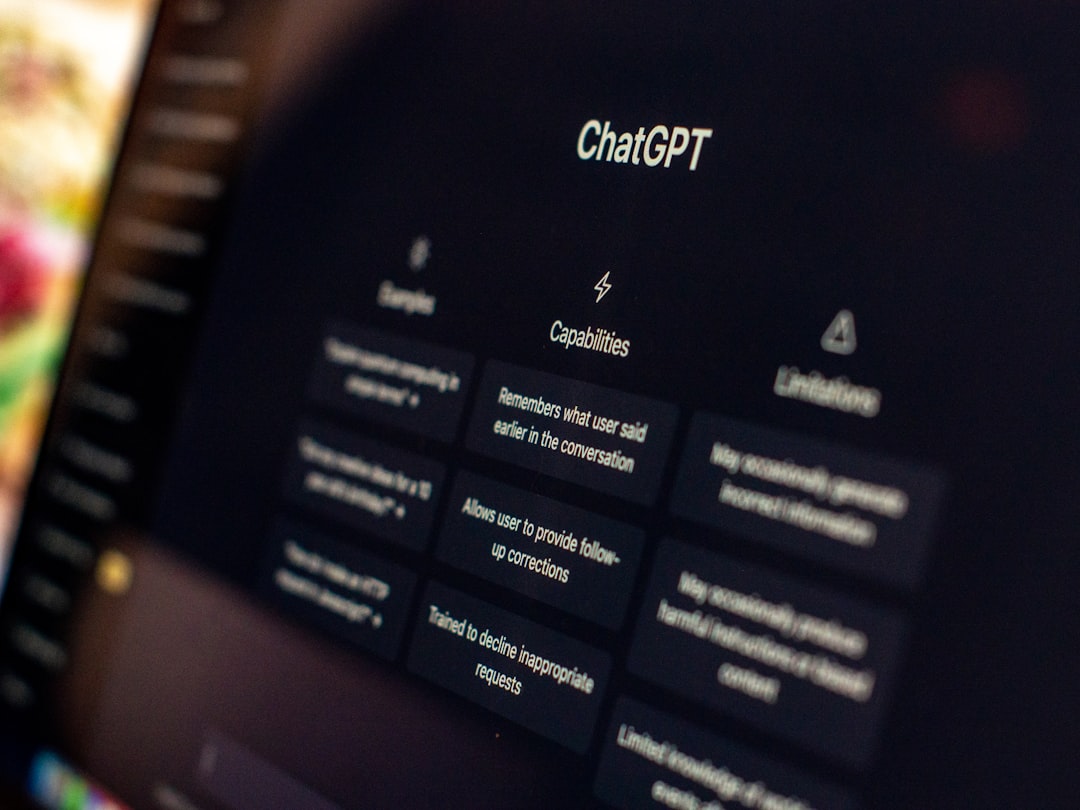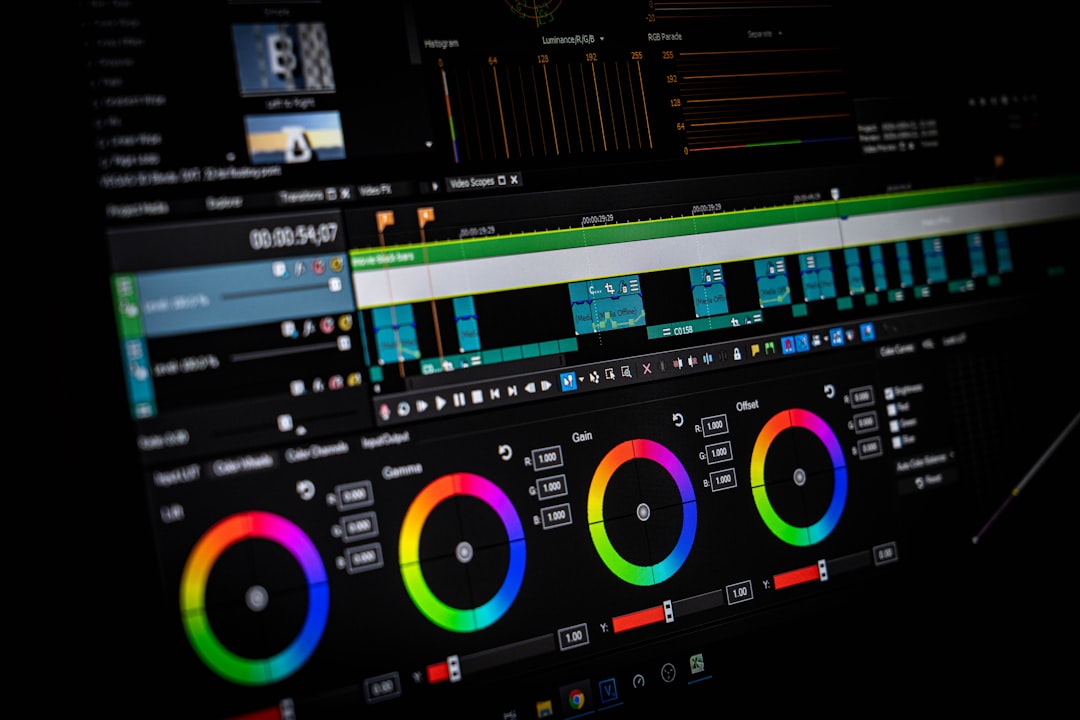CapCut is a powerful and user-friendly video editing application, but sometimes users experience video lagging issues that can disrupt their workflow. If you’ve ever encountered choppy playback, stuttering, or delays while editing, don’t worry—there are several ways to fix this problem. In this guide, we’ll explore the main reasons behind lag and effective solutions to ensure smooth video editing in CapCut.
Why Is Your Video Lagging in CapCut?
Before exploring the fixes, it’s important to understand why your video might be lagging. Here are the most common reasons:
- High-resolution video files: Editing 4K or high-bitrate videos requires significant processing power.
- Insufficient RAM or processing power: If you’re using an older or low-spec device, CapCut may struggle to handle complex edits.
- Too many effects and layers: Transitions, effects, and multiple layers can overload the system.
- Background apps consuming resources: Other applications could be using system memory and slowing down CapCut.

How to Stop Videos from Lagging in CapCut
1. Lower the Video Resolution
Editing high-resolution video files (such as 4K) can be resource-intensive. Lowering the resolution during editing can significantly improve performance.
- How to do it: Import your video into CapCut, then go to the settings and reduce the resolution to 720p or lower while editing. After editing, you can export in higher resolution.
2. Enable Proxy Editing
If CapCut supports proxy editing, enable it. Proxy files are lower-quality temporary versions of your original clips that make editing smoother. Once you’ve finished editing, final rendering uses the original high-quality files.
3. Close Unnecessary Background Applications
Your device’s RAM and CPU power are shared between all running applications. If too many apps are open, CapCut may not get enough resources to function properly.
- Tip: Close all unnecessary apps, including browsers, music players, and background processes, before using CapCut.
4. Clear CapCut Cache
Over time, cached files can accumulate in CapCut and cause performance issues. Clearing the cache can help free up memory and improve speed.
-
How to clear cache:
- Open CapCut.
- Go to “Settings” or “Storage.”
- Tap on “Clear Cache.”

5. Reduce Effects and Layers
Editing with too many effects, text overlays, and transitions can slow down CapCut. If you notice lag, try the following:
- Reduce the number of active effects.
- Merge some layers if possible.
- Render clips separately and re-import them as a single file.
6. Use Hardware Acceleration
Some devices and PC versions of CapCut support hardware acceleration, which uses the GPU to speed up processing.
- How to enable it: Check CapCut’s settings for options related to hardware acceleration and enable them.
7. Update CapCut to the Latest Version
CapCut developers frequently release updates that fix performance issues and improve compatibility. Running an outdated version might be the cause of the lag.
- Check the App Store or Google Play Store for updates.
- Download and install the latest version available.
8. Use an External Storage Device
If your phone or PC is running out of storage, CapCut may struggle with video processing. Using an external SSD (for PC users) or freeing up space on your device can help performance.
Final Thoughts
Lagging in CapCut can be frustrating, but by following these steps, you can enhance your editing experience. Lowering resolution, enabling proxy editing, clearing cache, and closing background apps are some of the most effective ways to reduce lag. Keeping your software and device optimized is key to ensuring smooth video editing.

By implementing these tips, you’ll be able to create and edit videos in CapCut without interruption. Happy editing!

